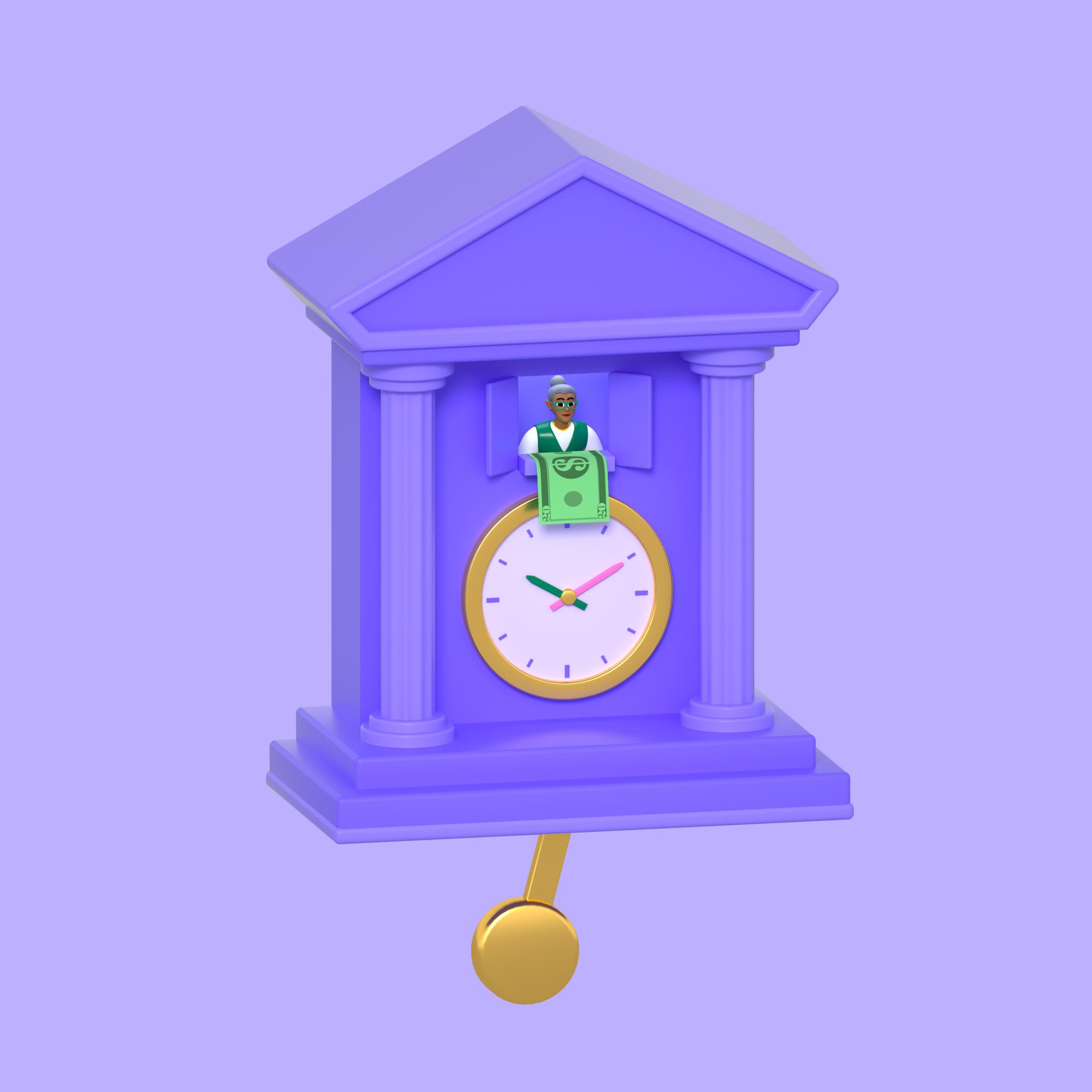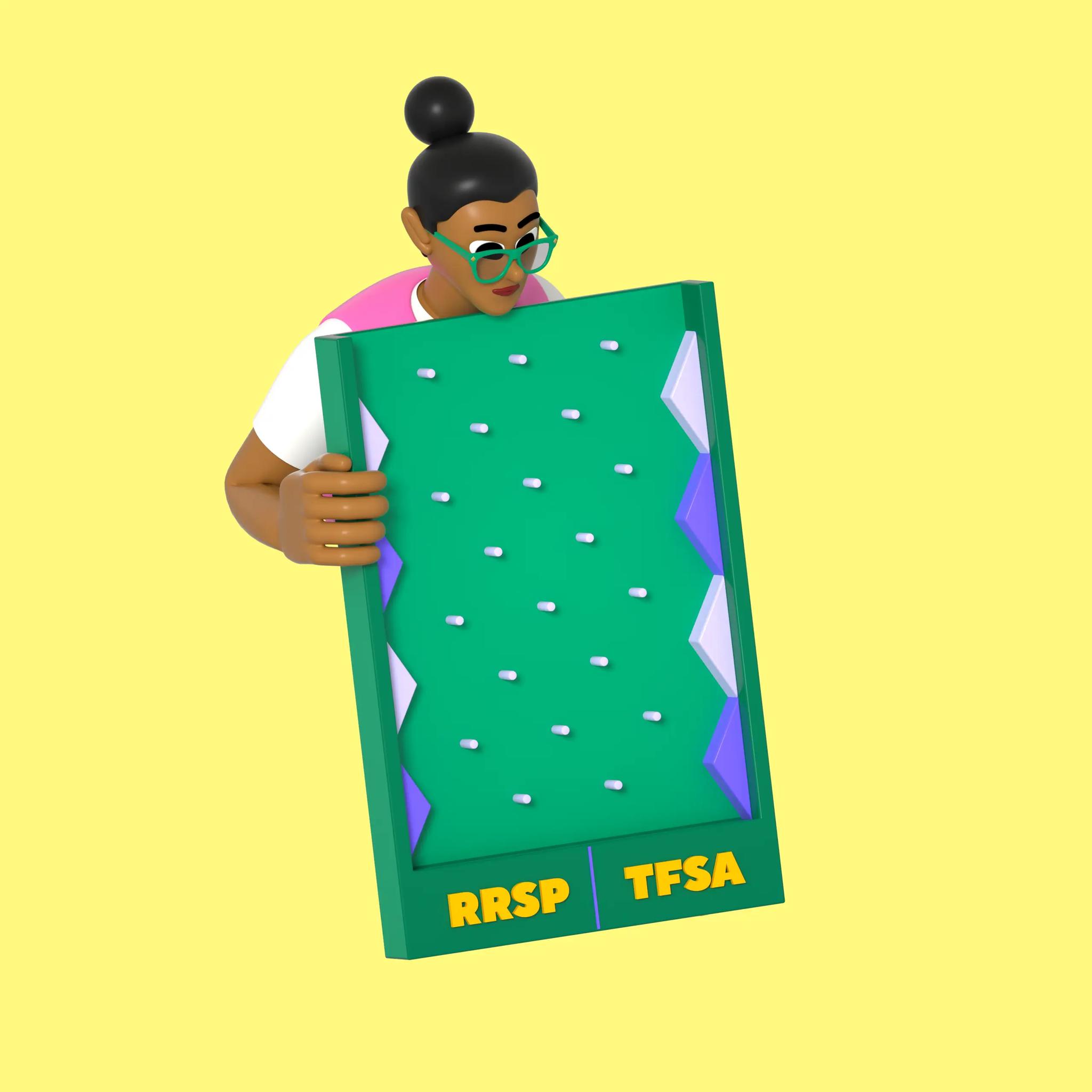The two biggest government pension plans, Canada Pension Plan (CPP) and Old Age Security (OAS), allow you to choose when you start getting paid. But there’s a catch: the earlier you get paid, the less you get paid. If you need the money right away or are in ill health and don’t expect to live too long, early can be the right choice. But if you hold off on taking your pensions, the money you miss out on initially can be earned back — and surpassed — relatively quickly.
When to take CPP
Although CPP payments are designed to begin when you hit 65, you can take them as early as 60 or as late as 70. If you start early, your payout decreases by 0.6% for every month before your 65th birthday you start collecting. So taking that first cheque at 60 would mean also taking a 36% haircut on your income. Start late, however, and you’re rewarded with a monthly boost of 0.7%. That’s an extra 8.4% per year, or 42% more if you hold out until 70.
What’s right for you? It all comes down to how long you live, and unless you have a functioning crystal ball, that one’s hard to get right.
Many people swear by what is called your “breakeven age”: how long you have to live to make those first five or ten years of not getting paid worth it. Here’s that info in a handy table.
How long you think you’ll live | When it may be beneficial to start taking your CPP payments |
|---|---|
| <74 | 60 |
| 74 - 82 | 65 |
| >82 | 70 |
Generally speaking, if you can do without CPP in those early retirement years, it’s often a good idea to consider deferring for as long as you can. That mitigates the risk of living a lot longer than you expect to (a good problem to have). Also, the longer the money stays in the plan, the longer the onus is on the CPPIB to make it grow. Once you start taking payments, that burden shifts to you.
When to take OAS
Unlike CPP, OAS doesn’t have an early option. But if you defer your payments after your 65th birthday, you get the same 0.6% per month bump-up. Regardless of when you start taking a paycheque, the Canada Revenue Agency gives you a nice gift on your 75th: another 10% tacked onto your payout.
The calculation here is the same as with CPP. If you can wait, it often benefits you to do so. (If you think you’ll make it to your 80s, waiting often earns you more overall income.) But there is no shame in taking the money early. Either way, it can be helpful to consult a financial advisor to make sure you think through your specific situation.



